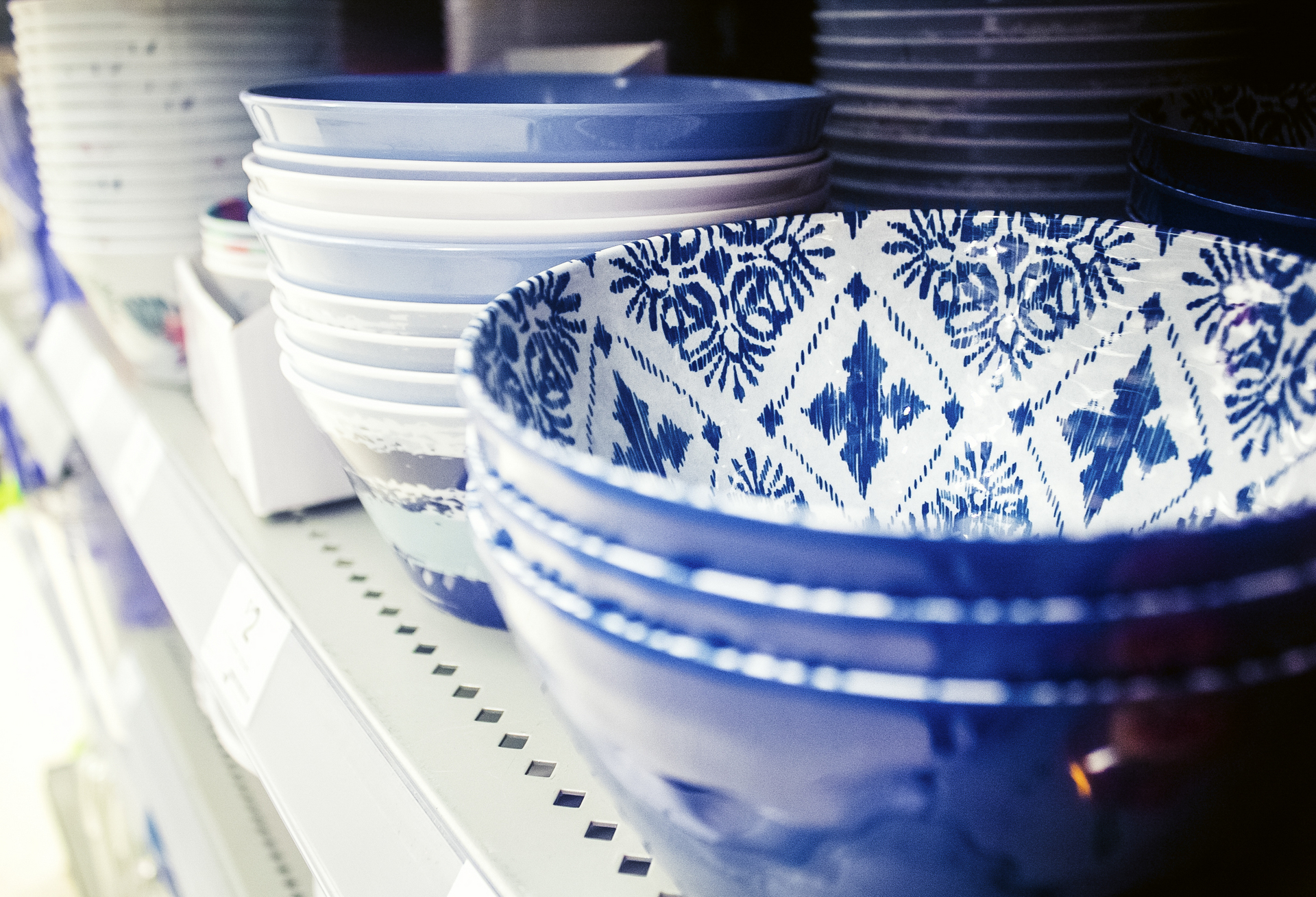Introduction to Chinese Ceramics
Chinese ceramics, renowned for their unparalleled artistry and craftsmanship, boast a rich history that stretches back over 5,000 years. This remarkable tradition has significantly influenced global ceramics and continues to captivate collectors, historians, and art enthusiasts around the world. The evolution of Chinese ceramics reflects a journey through various dynasties, each contributing unique styles and innovations.
Historical Development
Chinese ceramics can be traced back to the Neolithic period, around 5000 BCE, with the creation of simple, utilitarian pottery. The early ceramics, characterized by their rudimentary forms and unrefined techniques, laid the foundation for the sophisticated ceramic art that would emerge in later periods. By the Shang (1600–1046 BCE) and Zhou (1046–256 BCE) dynasties, advancements in kiln technology and glazing techniques began to emerge, setting the stage for the flourishing of ceramic art.
The Qin and Han Dynasties
The Qin Dynasty (221–206 BCE) is notable for its Terracotta Army, a vast collection of clay soldiers buried with the first Emperor of China, Qin Shi Huang. These life-sized figures exemplify the intricate craftsmanship and scale of early Chinese ceramics. The Han Dynasty (206 BCE–220 CE) saw the introduction of sancai (three-colored) glaze, which added a vibrant aesthetic to ceramics. The era also witnessed the development of advanced glazing techniques and kiln technology.
The Tang Dynasty
The Tang Dynasty (618–907 CE) is often considered a golden age for Chinese ceramics. This period is renowned for its bold and innovative use of glaze, particularly the Tang sancai, which features a distinctive three-color glaze. Tang ceramics are also known for their exquisite porcelain figurines and elaborate designs. The era’s advancements in kiln technology allowed for greater control over temperature and atmosphere, leading to more consistent and varied results in ceramic production.
The Song Dynasty
The Song Dynasty (960–1279 CE) marked a shift towards a more refined and understated aesthetic in ceramics. This period is celebrated for its high-quality porcelain and the development of celadon and white wares. The Song Dynasty’s ceramics are characterized by their simplicity and elegance, with a focus on subtle glazes and delicate forms. The era’s innovations laid the groundwork for future developments in porcelain.
The Yuan and Ming Dynasties
The Yuan Dynasty (1271–1368 CE) introduced blue-and-white porcelain, a style that would become iconic in Chinese ceramics. This period saw the refinement of porcelain production techniques and the widespread use of cobalt blue underglaze decoration. The Ming Dynasty (1368–1644 CE) further perfected blue-and-white porcelain, producing some of the most celebrated examples of this style. Ming ceramics are known for their intricate designs, vibrant colors, and high-quality craftsmanship.
The Qing Dynasty
The Qing Dynasty (1644–1912 CE) continued the tradition of excellence in ceramics, with a focus on both traditional and innovative styles. This period saw the development of famille rose and famille verte porcelain, characterized by their bright and diverse color palettes. Qing ceramics are also known for their intricate and often elaborate designs, reflecting the era’s opulence and artistic sophistication.
Modern Era and Global Influence
In the modern era, Chinese ceramics have continued to evolve, blending traditional techniques with contemporary styles. Today, Chinese ceramic artists experiment with new forms, materials, and techniques while paying homage to the rich heritage of their craft. Chinese ceramics remain highly sought after in the global market, with antique pieces commanding high prices and contemporary works gaining recognition in international art circles.
Conclusion
Chinese ceramics represent a remarkable tradition of artistry and craftsmanship, reflecting the cultural, historical, and technological developments of various dynasties. From the earliest Neolithic pottery to the intricate porcelain of the Qing Dynasty, Chinese ceramics have left an indelible mark on the global art scene. The ongoing appreciation for Chinese ceramics underscores their enduring beauty and significance, ensuring that this ancient art form continues to inspire and captivate audiences around the world.






